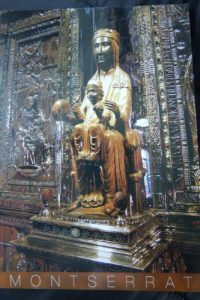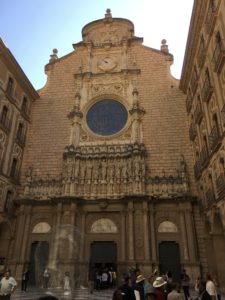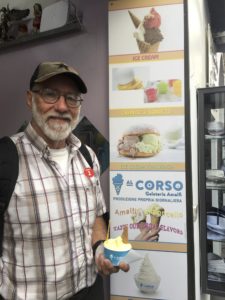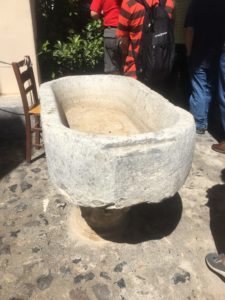“Thou are worthy, O Lord to receive glory and honor and power; for Thou hast created all things, and for Thy pleasure they are and were created.” Revelation 4:11
This morning we embarked on our first scenic train ride. (Although I do think the train ride to St. Moritz from Zurich was pretty scenic!) We left St. Moritz at 9:30 am and headed into the Alps. As we gazed up the slopes of the mountains, we could clearly see the tree line. It is here the coniferous forests abruptly end, and tundra plants become the main vegetation.
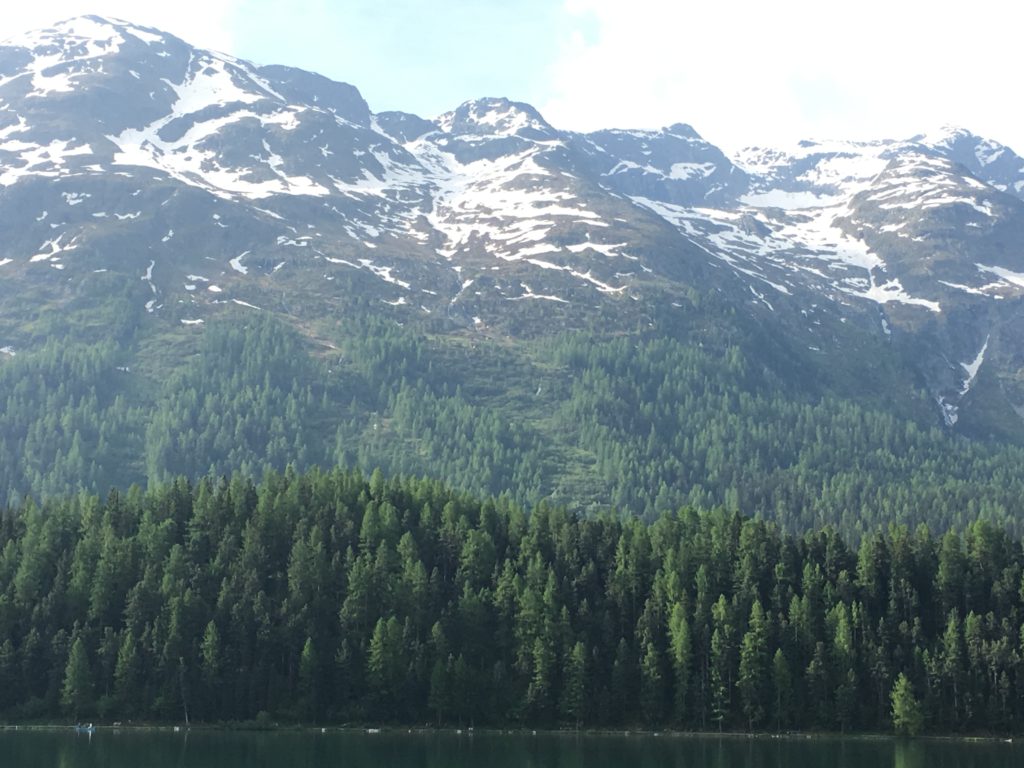
I was so intent on getting a picture of our train on the track, I didn’t realize there was a glacier in the background!!
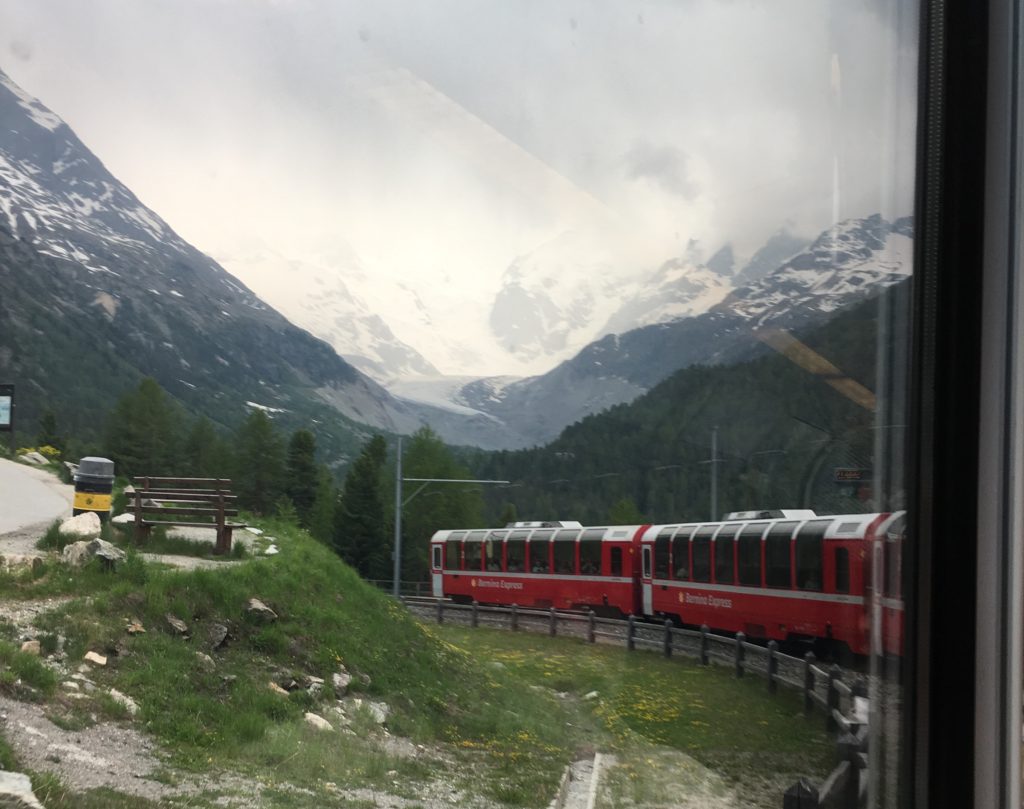
Here’s a better look at the glacier.
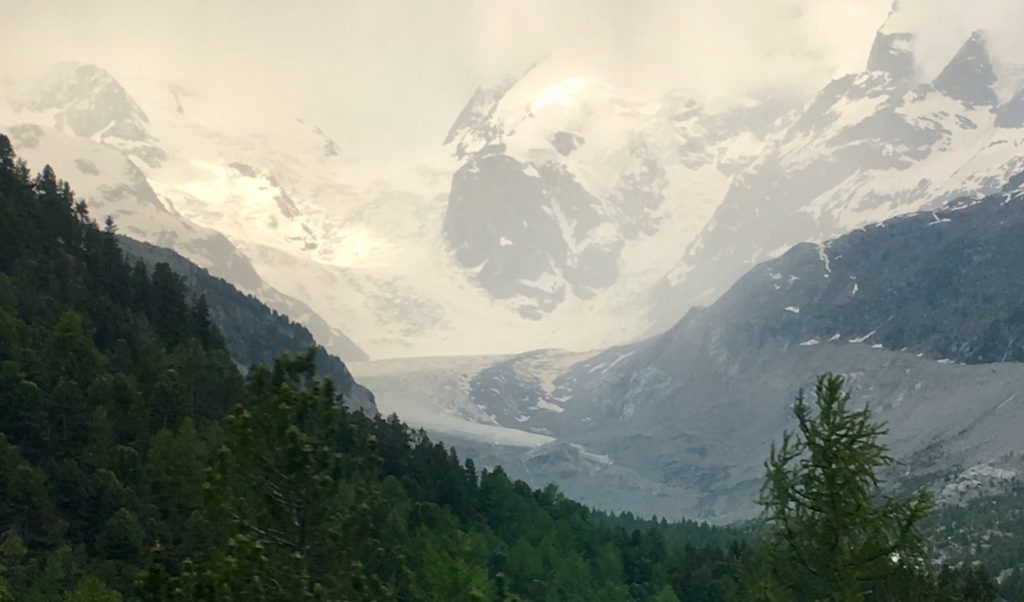
Ospizio Bernina – the highest point of our ride at 2253 meters (nearly 7,500 feet).
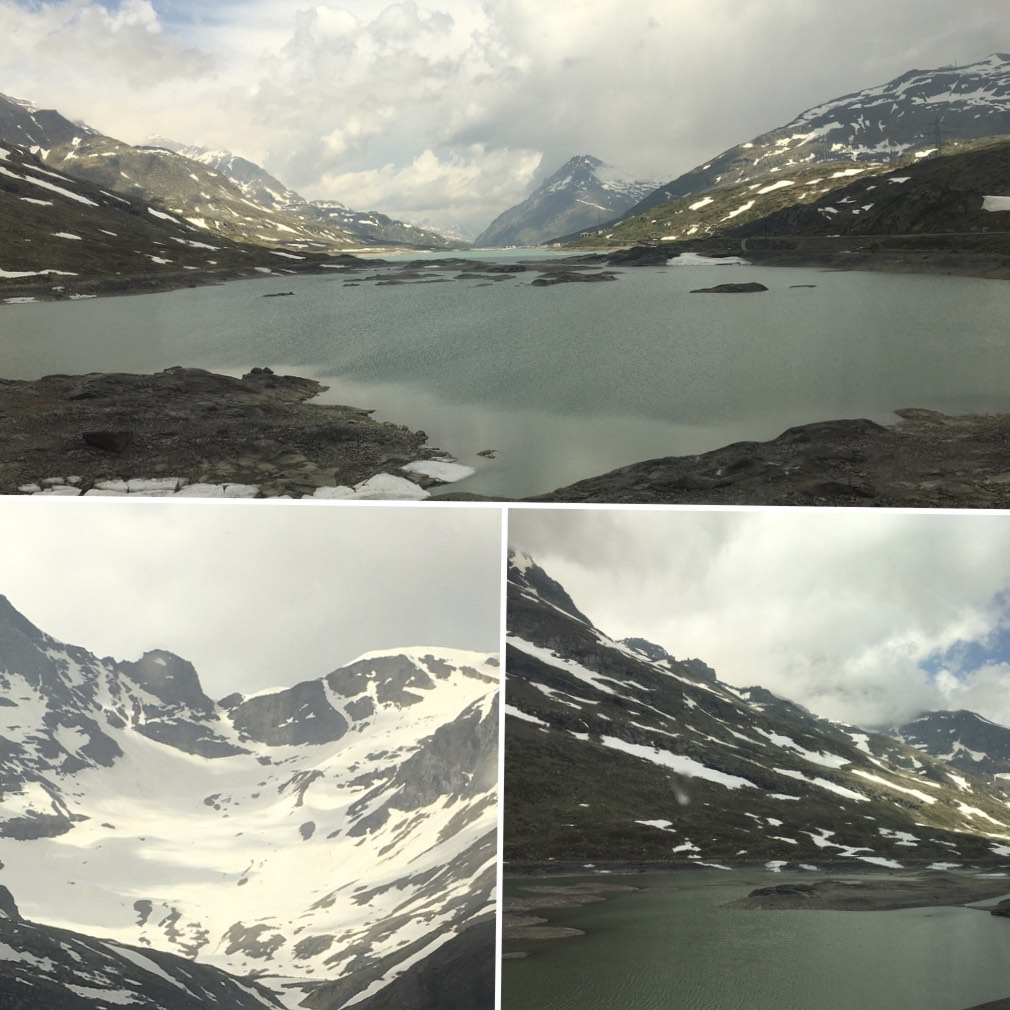
We stopped at Alp Grüm (2091 m) for a photo stop.
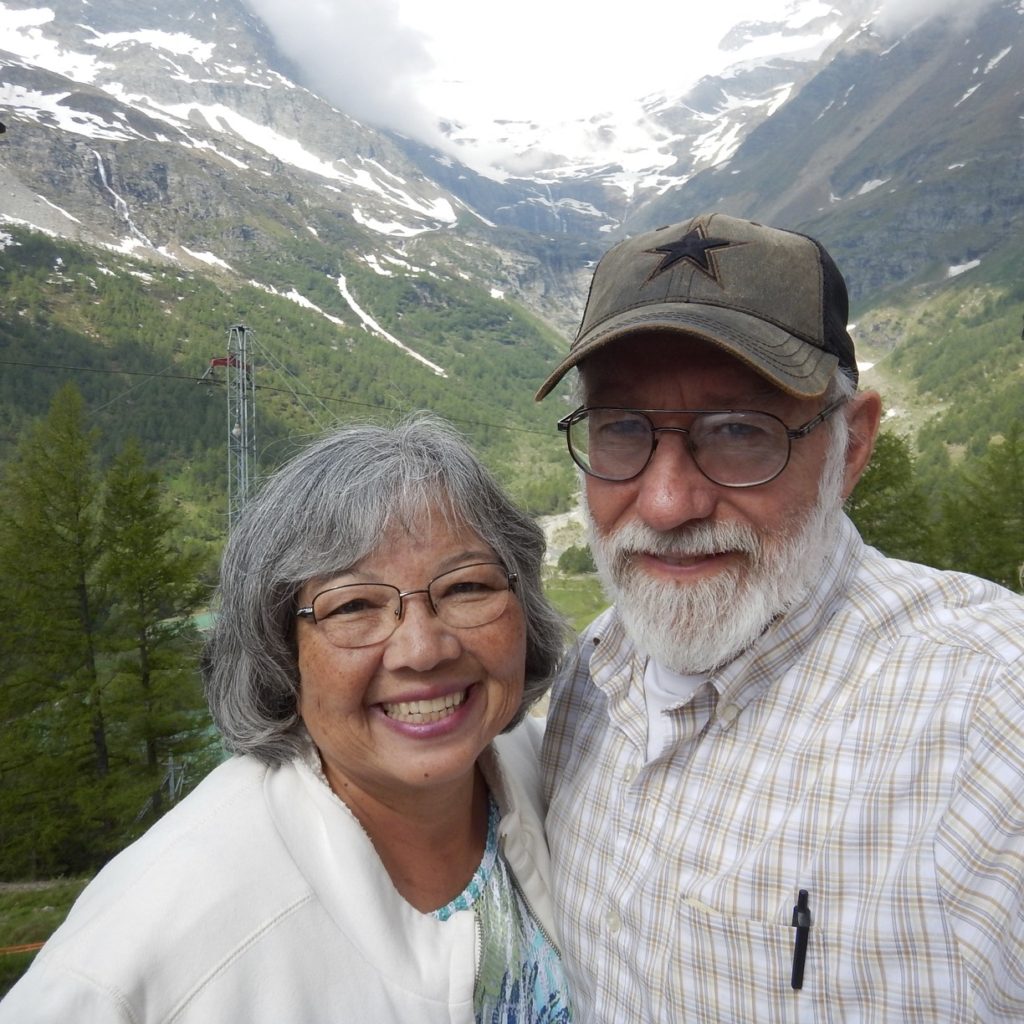
Our view of Poschiavo, Switzerland (1,014 m) as we descended on the switchback tracks!
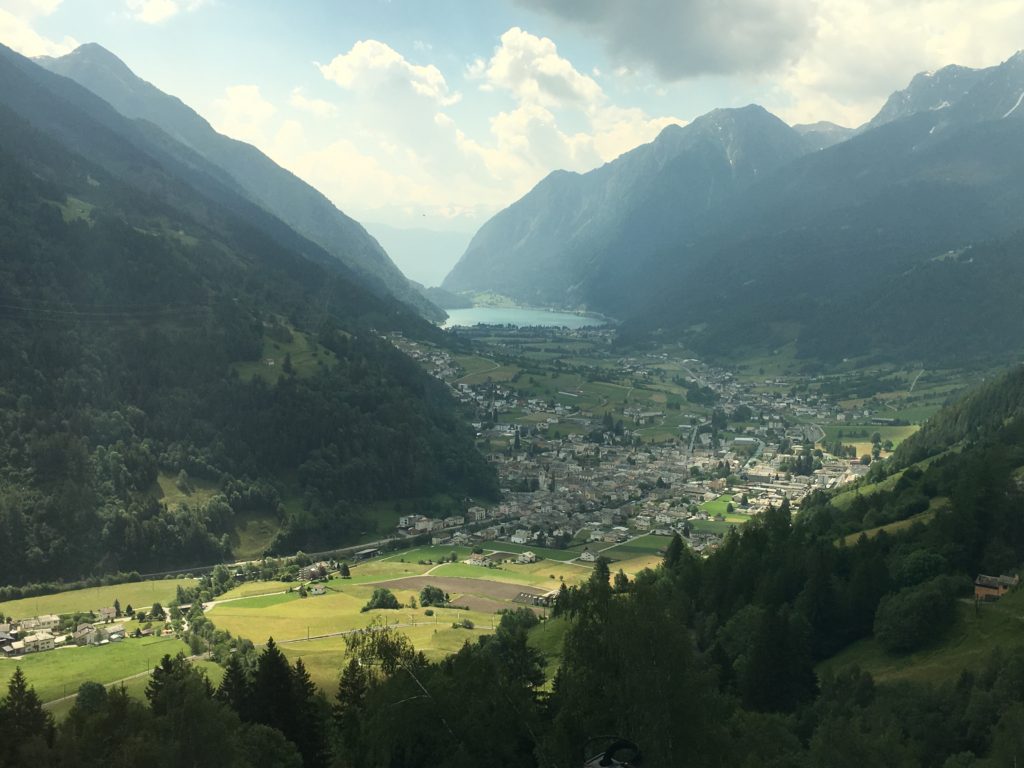
We approached Brusio on the circular viaduct. It’s the famous part of track for this scenic train ride.
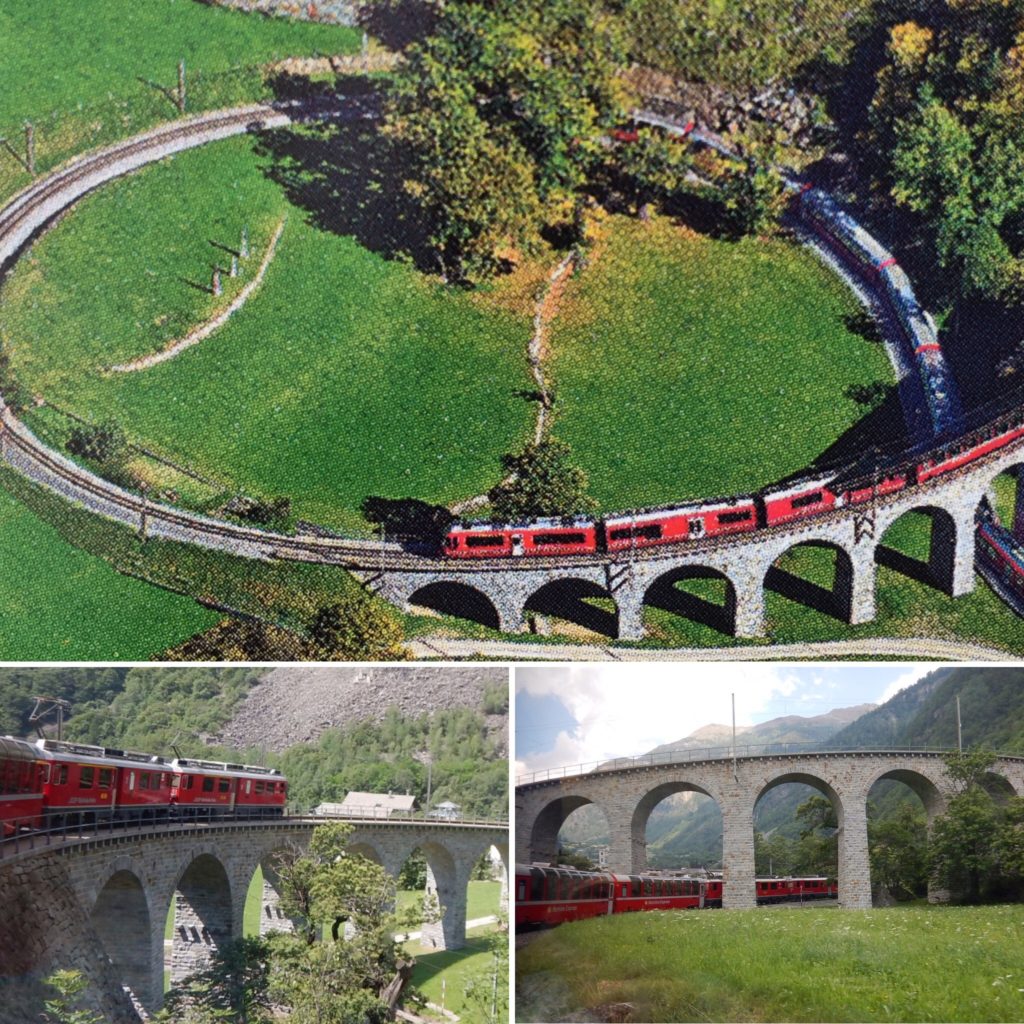
The first part of our ride terminated in Tirano, Italy. Here we had a couple of hours to have lunch (paninis and gelato!) and explore before reboarding the train for the trip back to St. Moritz.
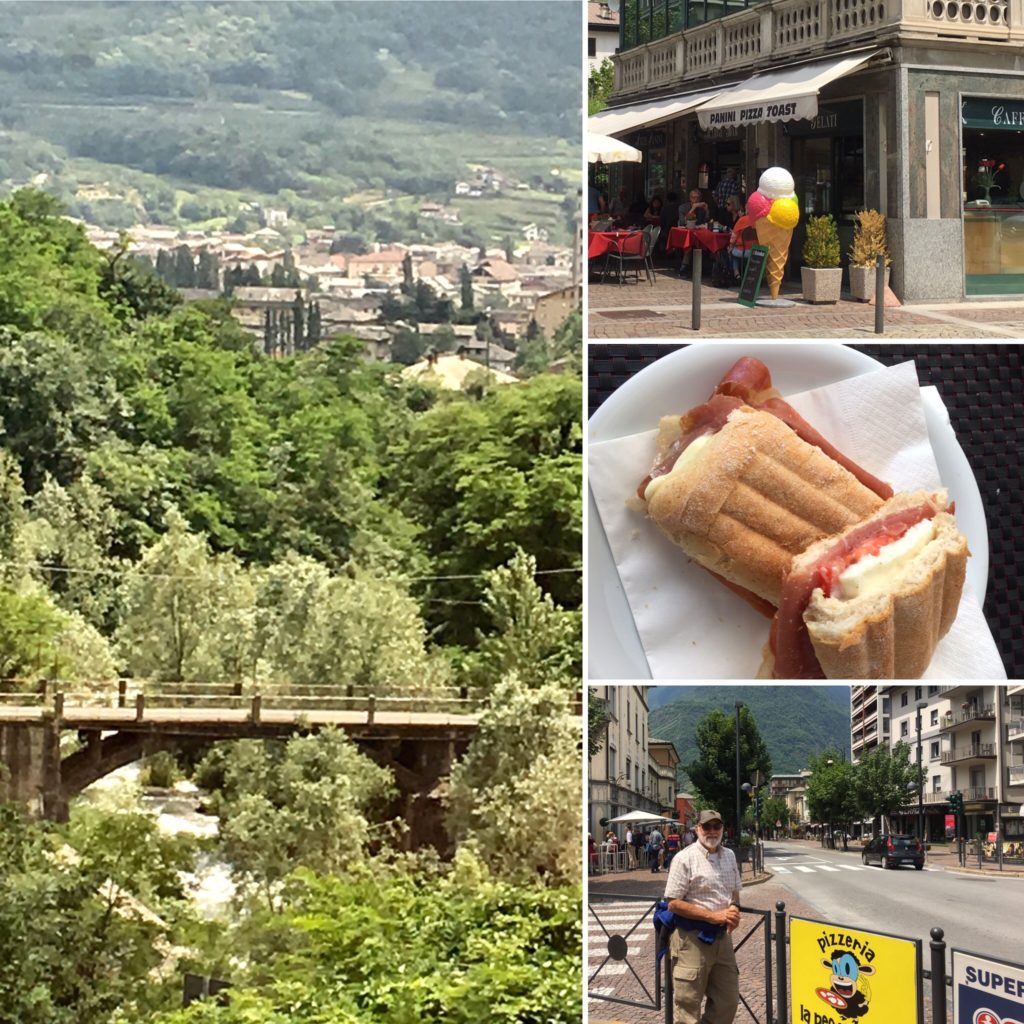
The train ride itself was very smooth. No “rickety-rackety” that is usually associated with trains. This train is electric, and the railroad ties are bolted down, so it was pretty quiet. At one point, we rode at a 7% grade! I may not have heard any train noise, but my heart was sure thumping! Yikes!
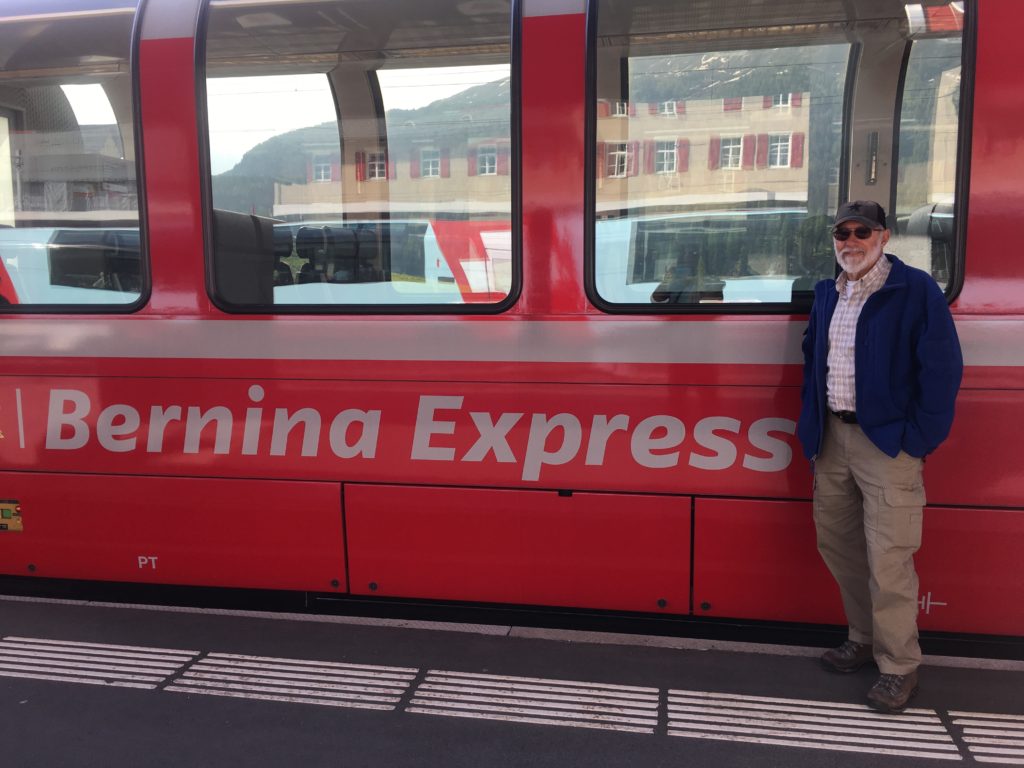
On our way back to St. Moritz, we sat on the opposite side of the train, so we had new vistas! The scenery was absolutely gorgeous!
Lake Miralago
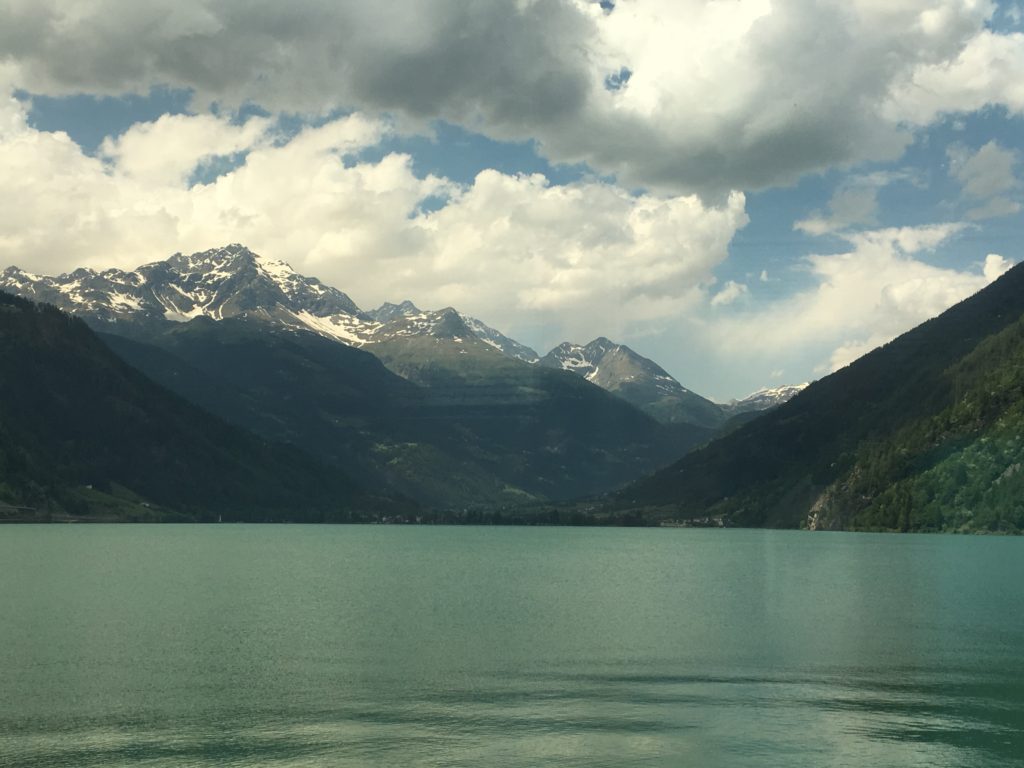
Pontresina, Switzerland
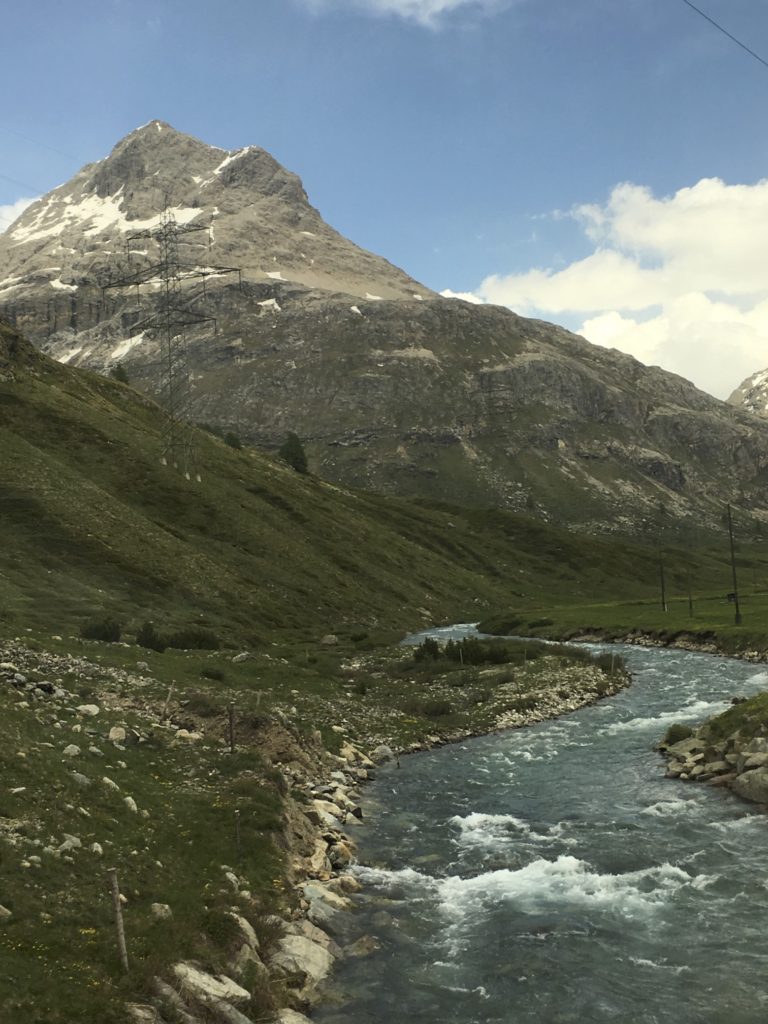
Lake Bianca
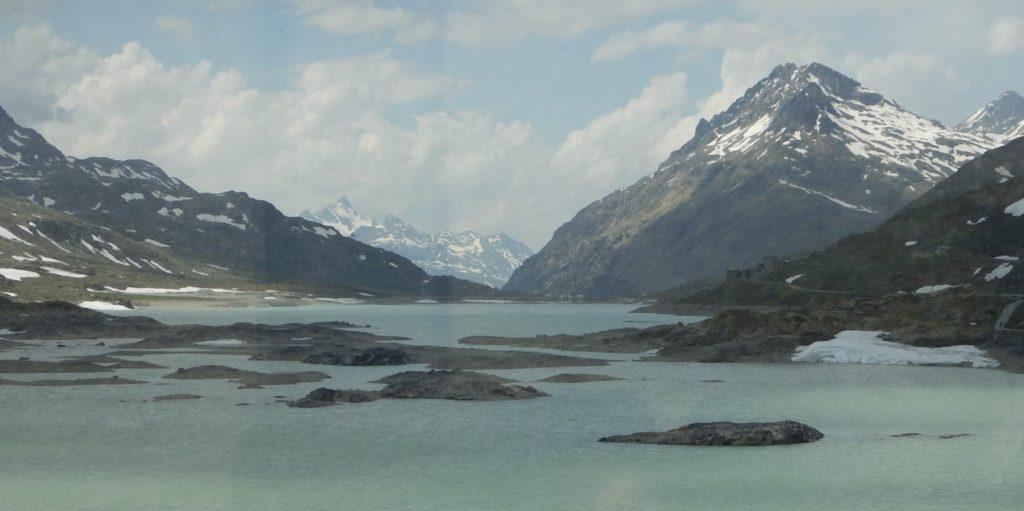
Isn’t it breathtaking? Our God is so amazing! His works are overwhelming in beauty and majesty, and so glorifying to Him!
Holy, holy, holy! Lord God Almighty!
All Thy works shall praise Thy Name, in earth, and sky, and sea;
Holy, holy, holy; merciful and mighty!
God in three Persons, blessed Trinity! (from “Holy, Holy, Holy” by Reginald Heber)
“All things were made by Him; and without Him was not any thing made that was made.” John 1:3
**********
Take a moment and look around at all God has created… then praise His holy name!
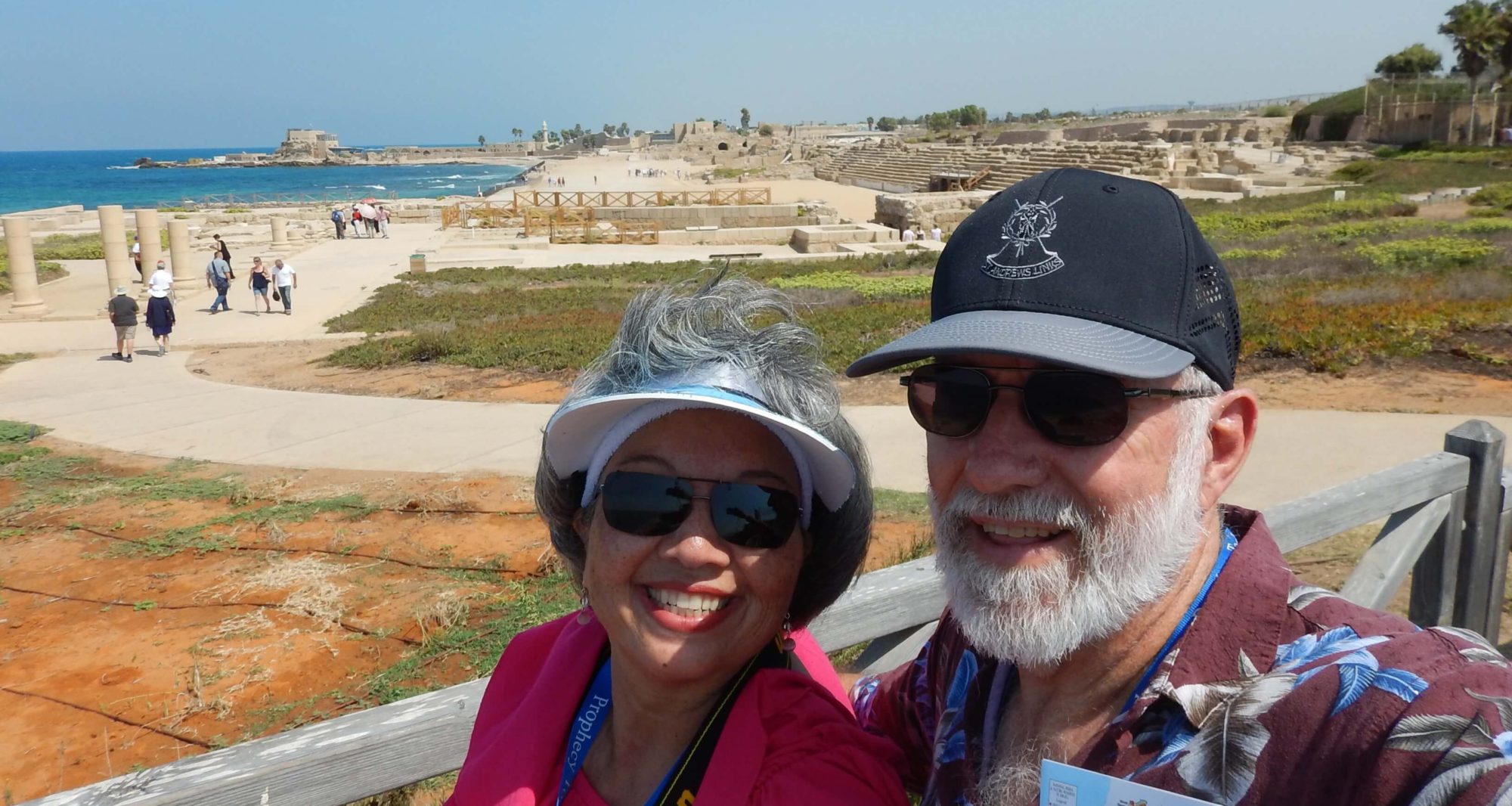
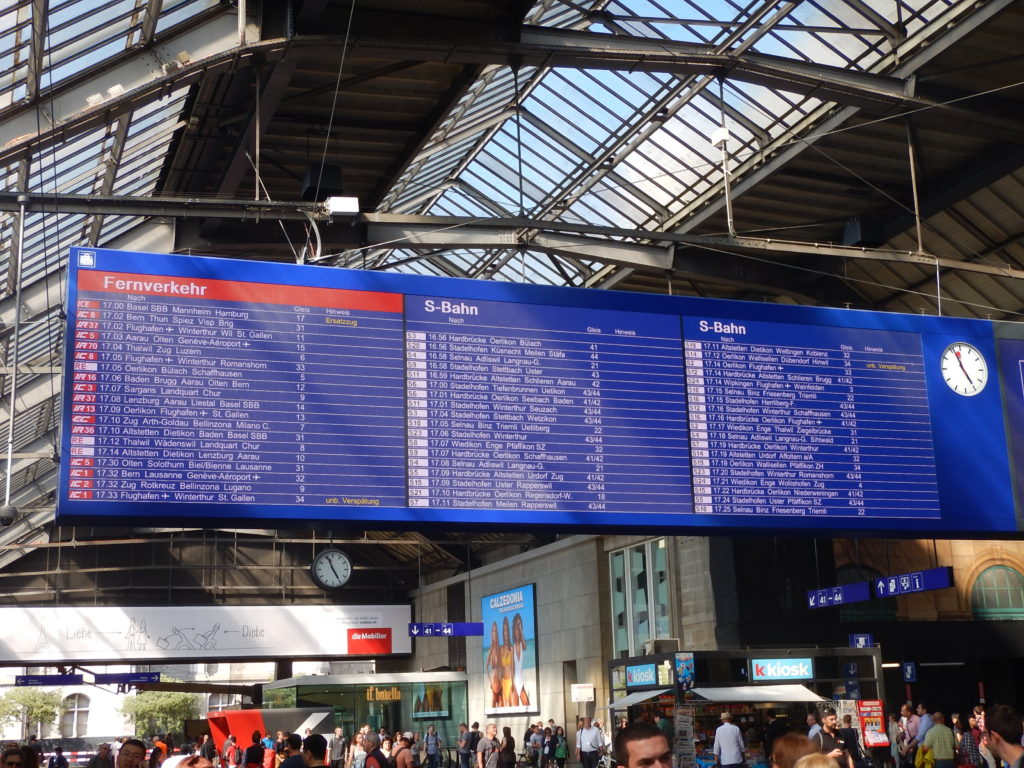
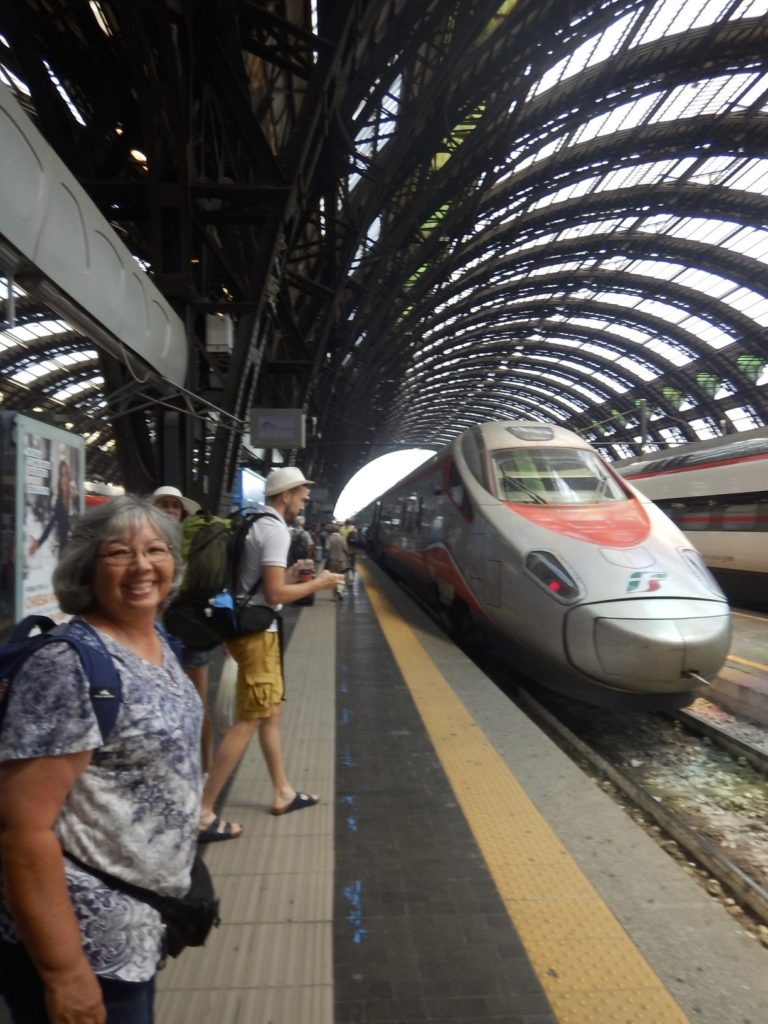
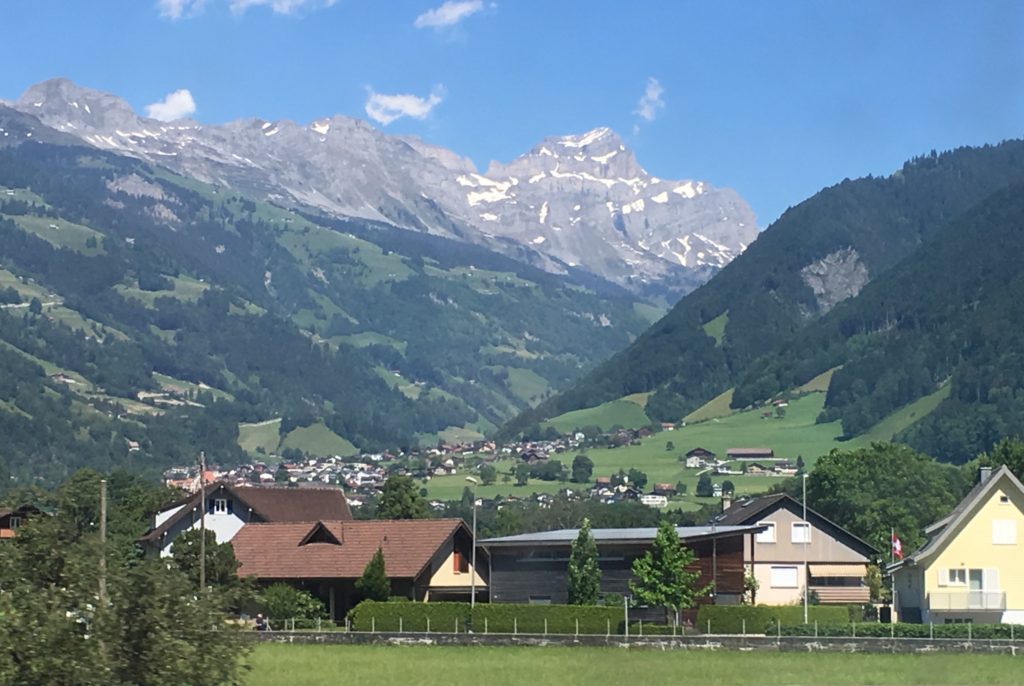
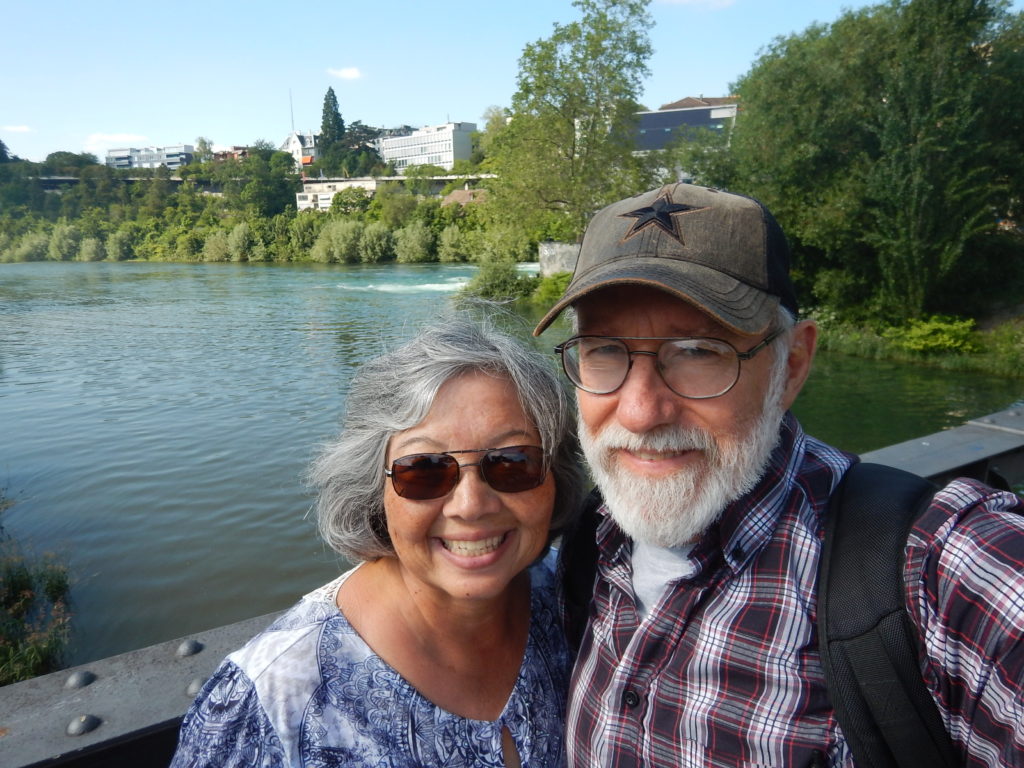


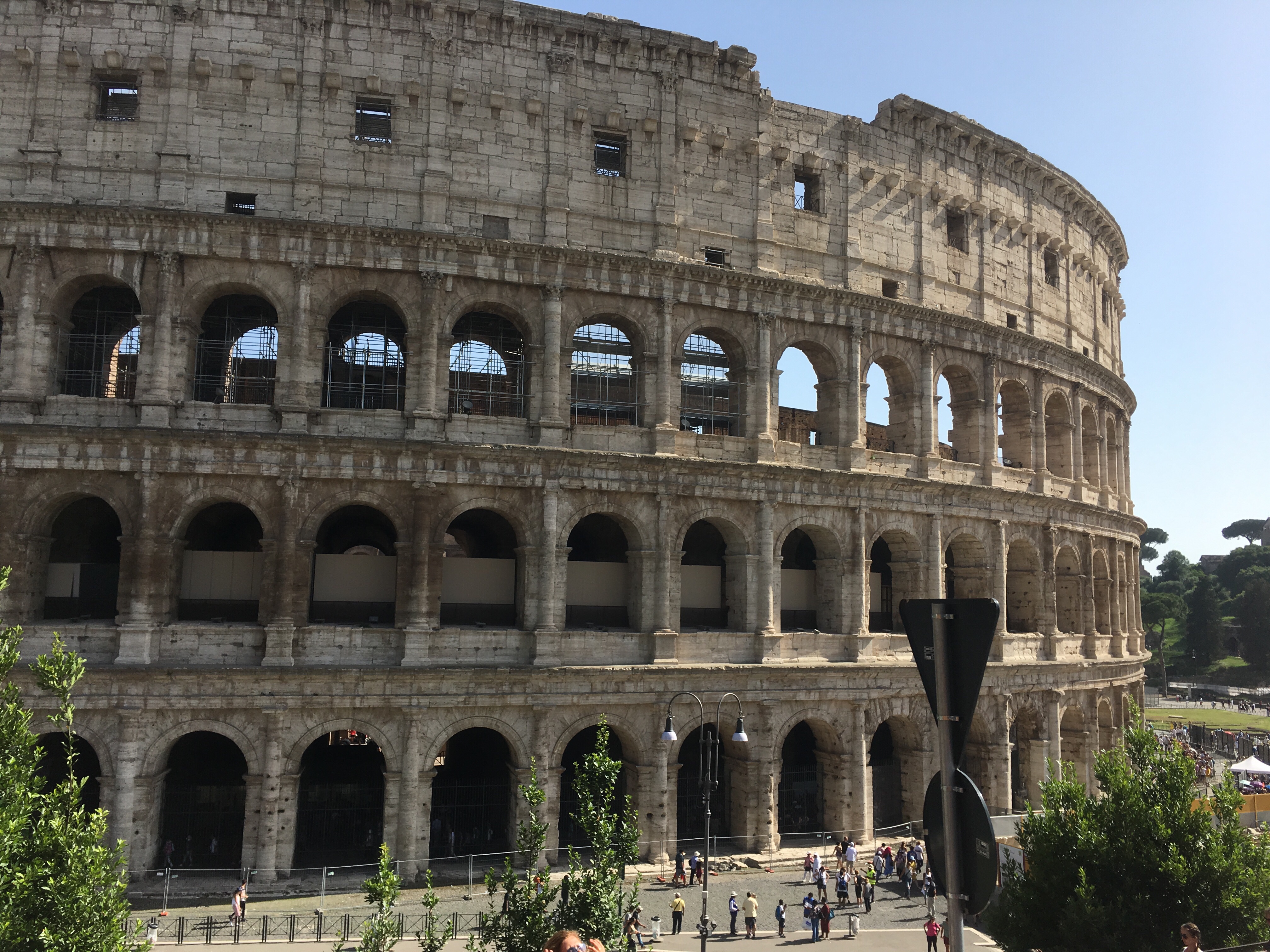
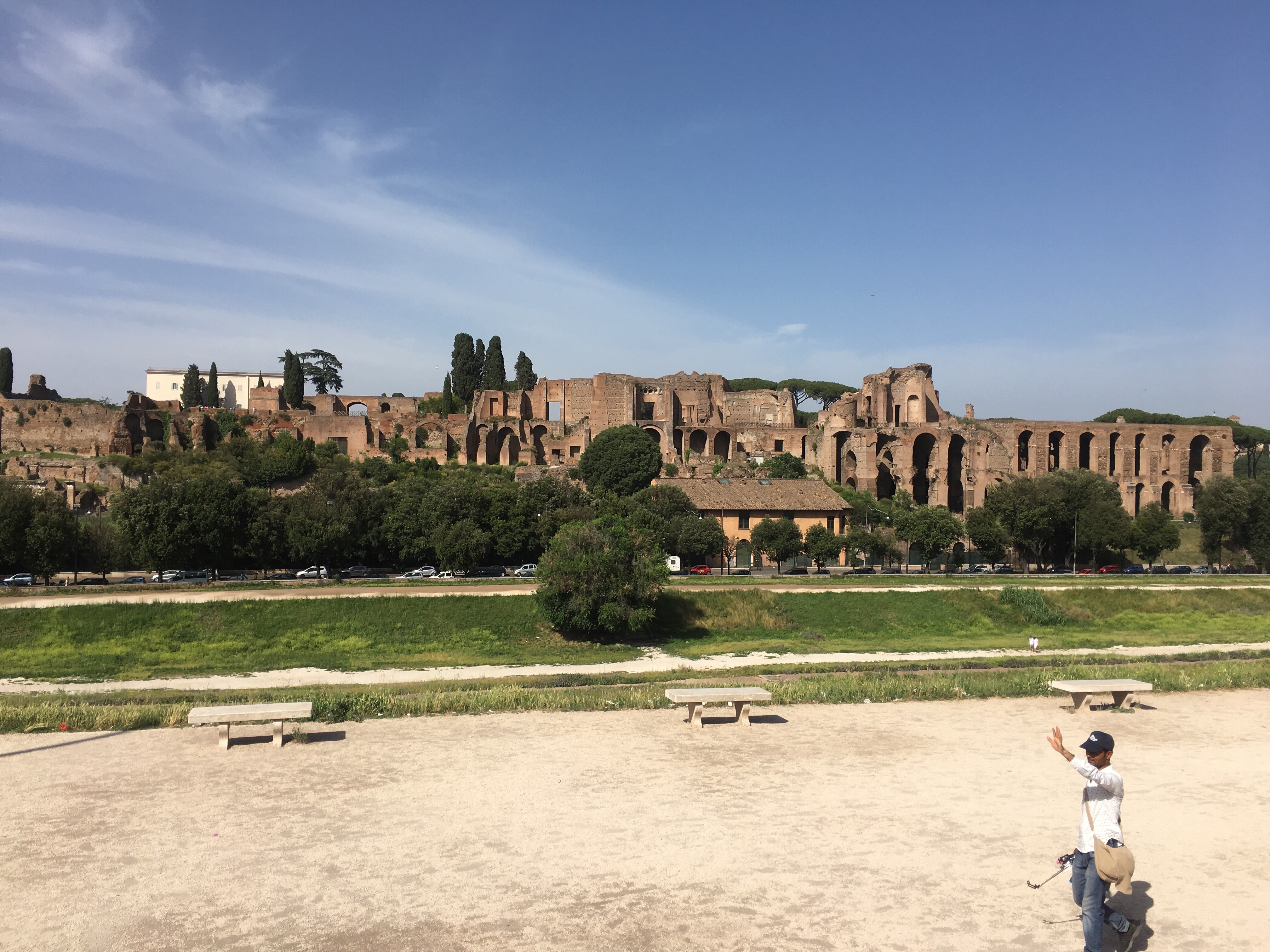
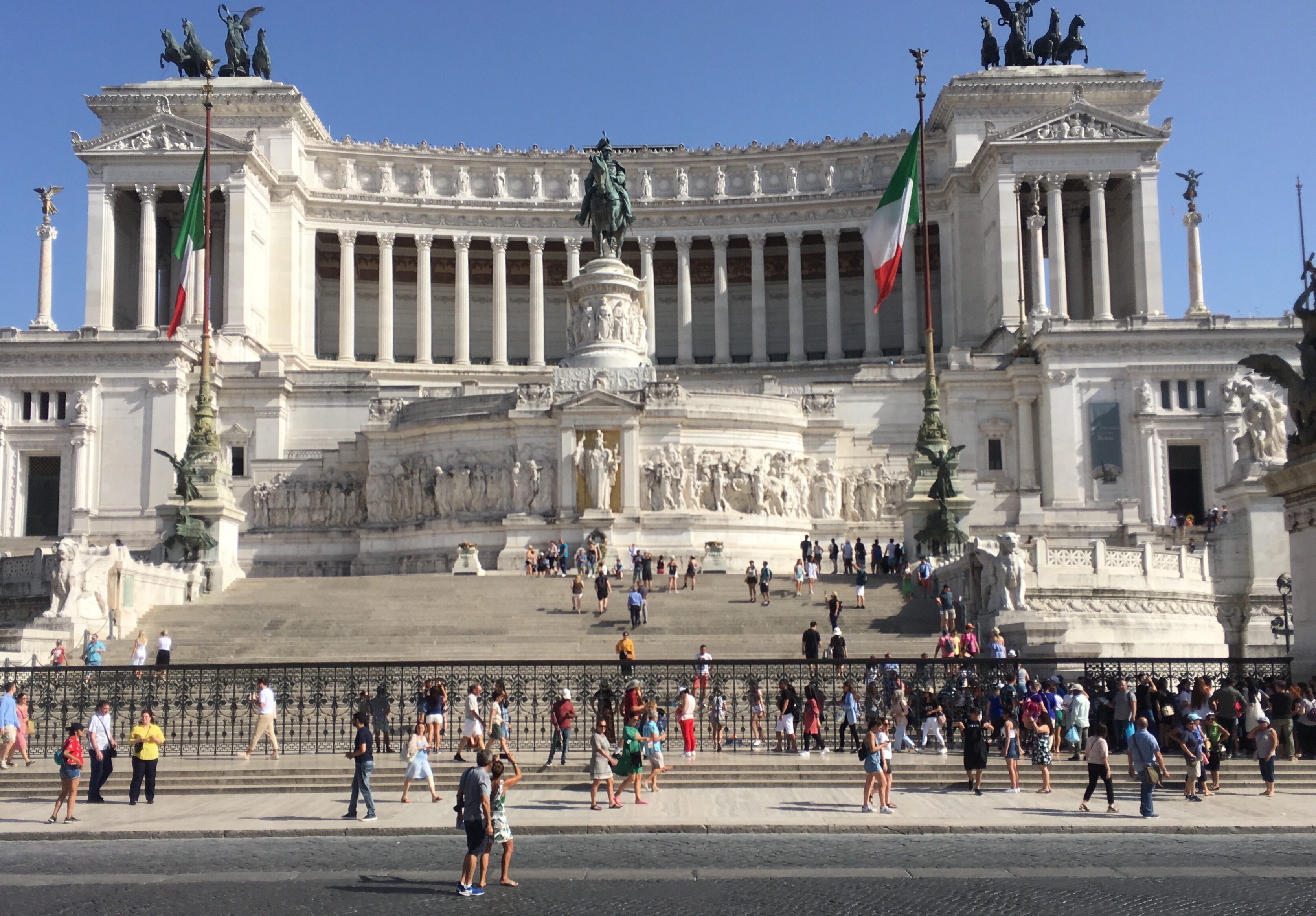
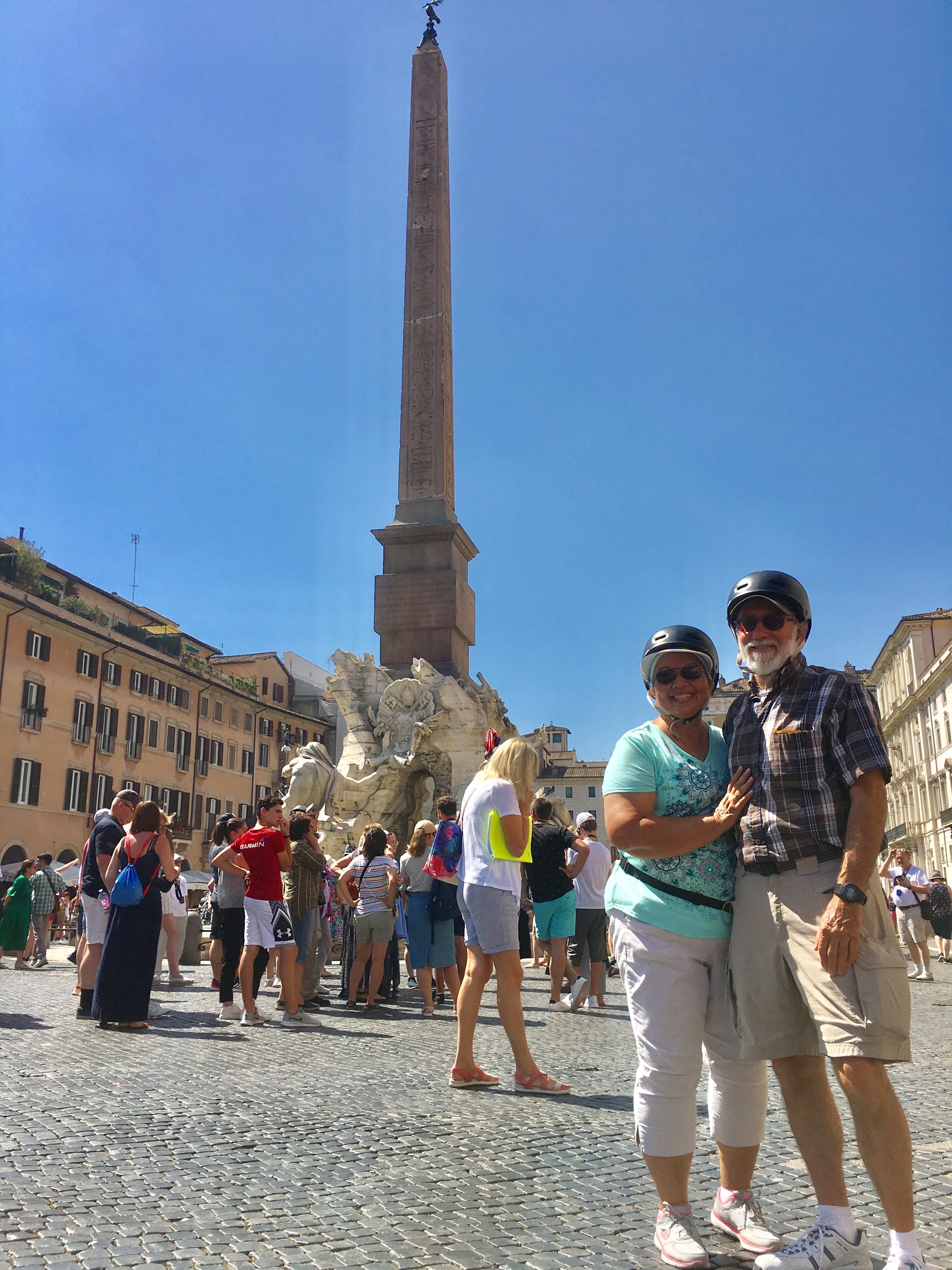
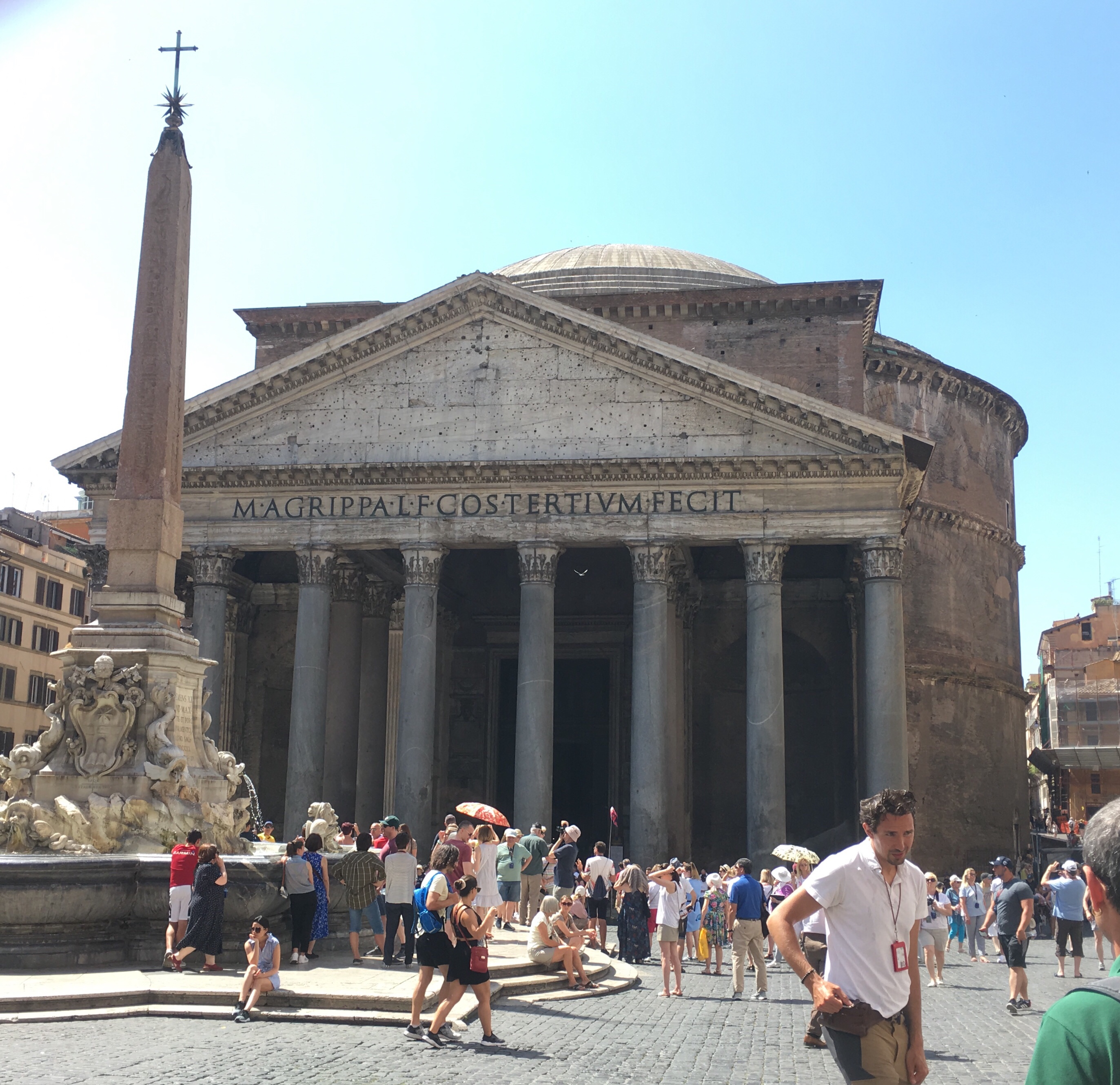
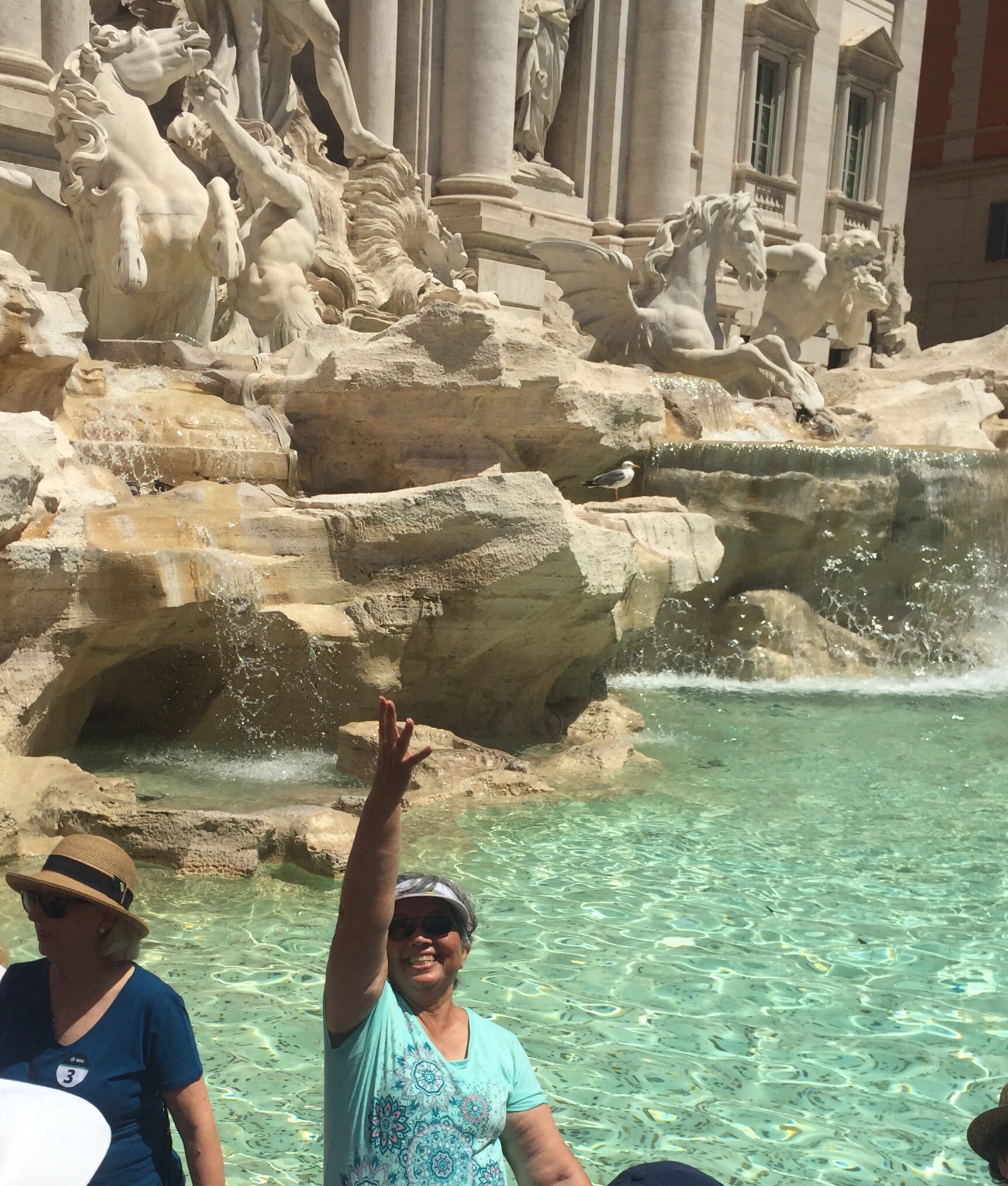
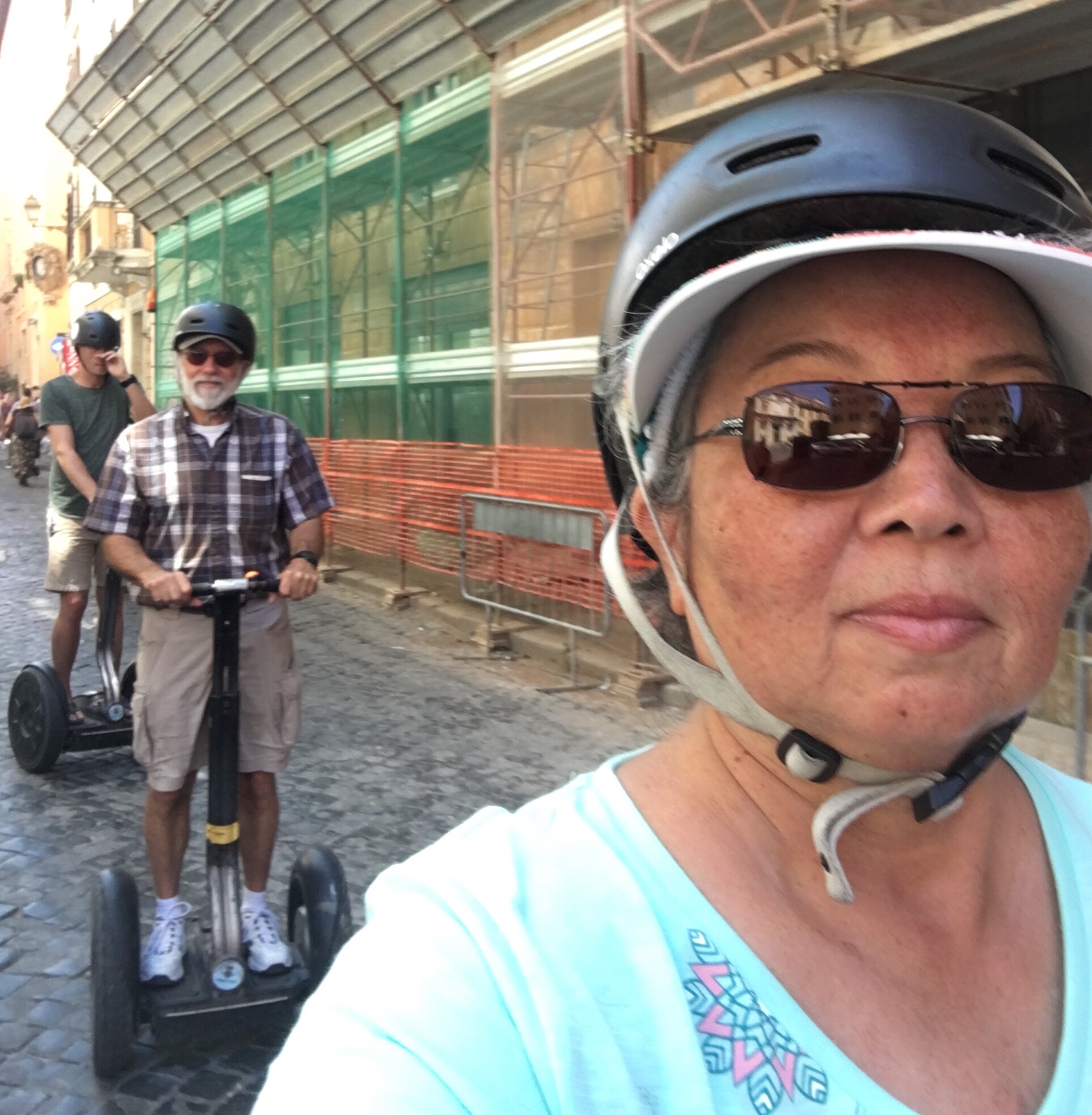
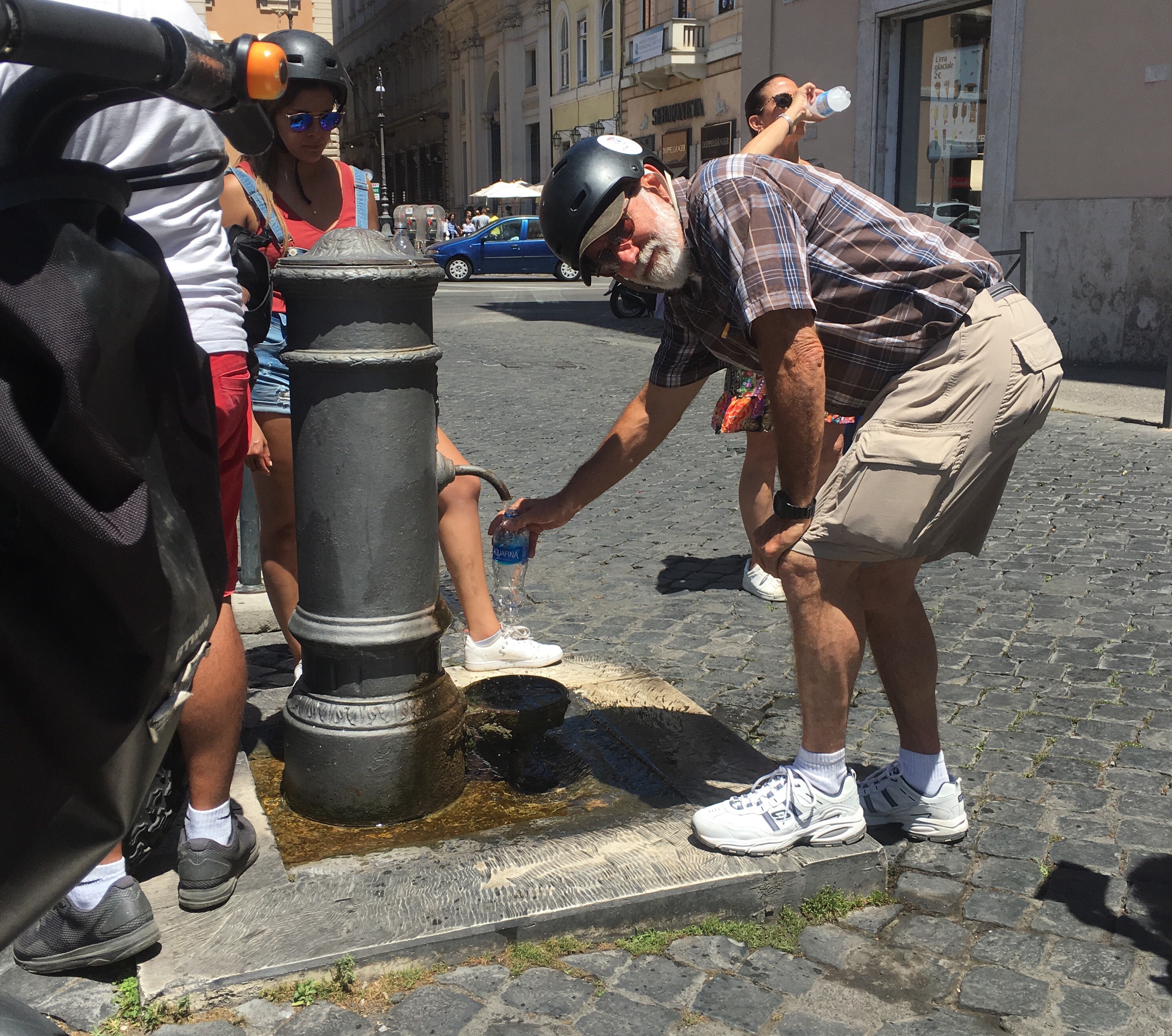
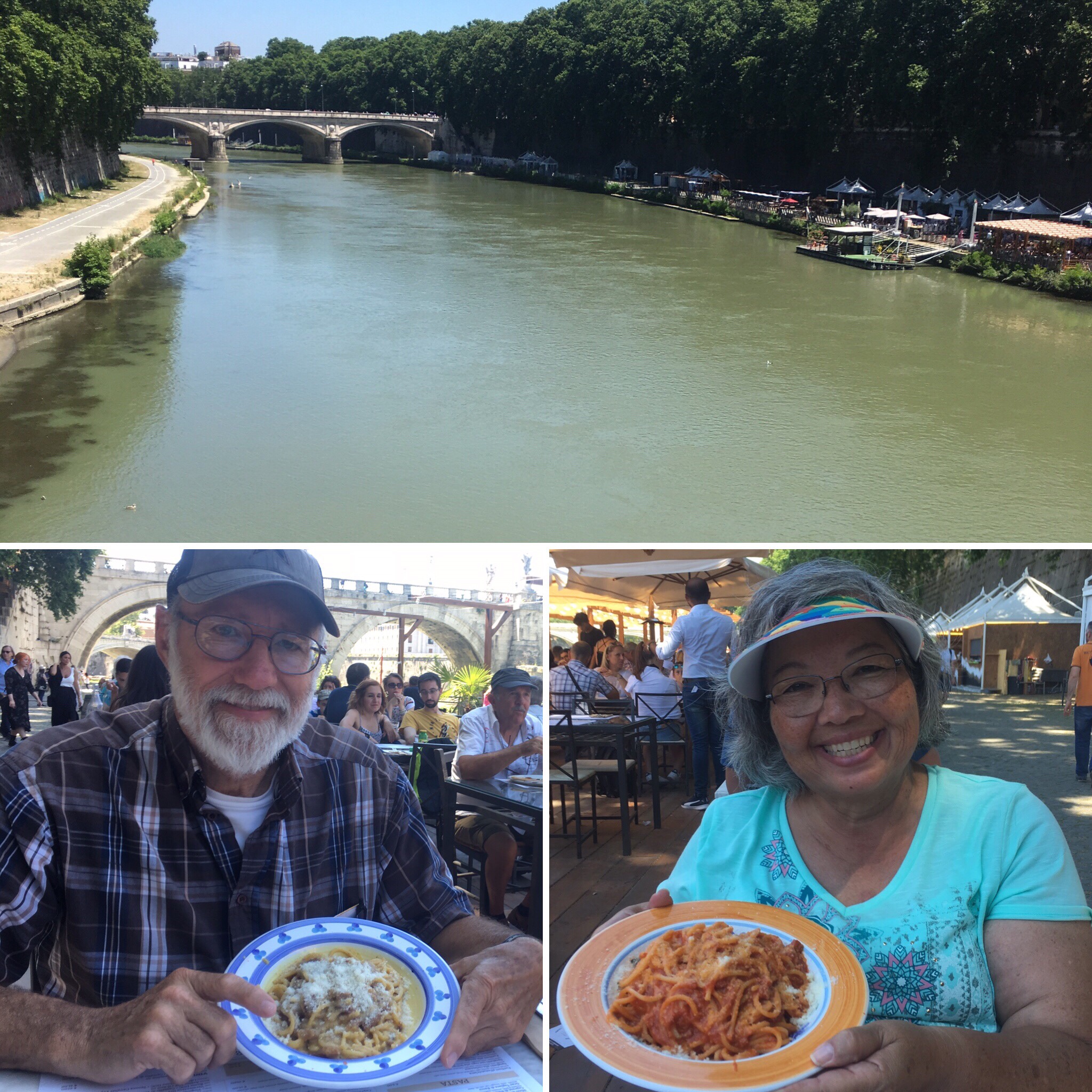


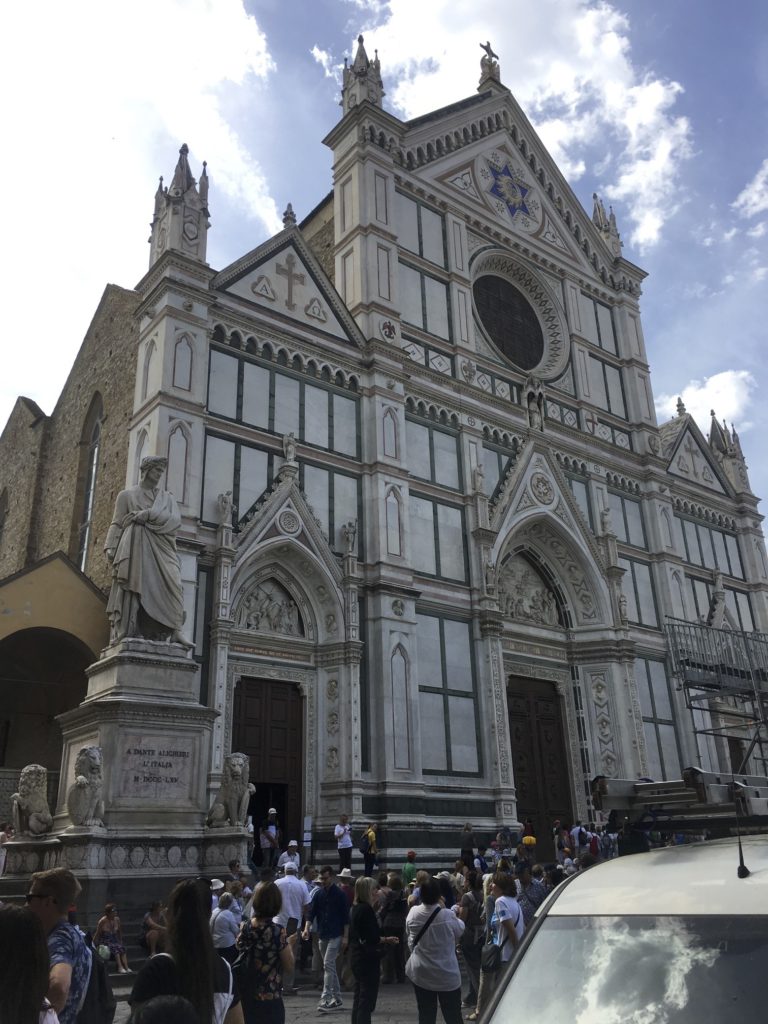
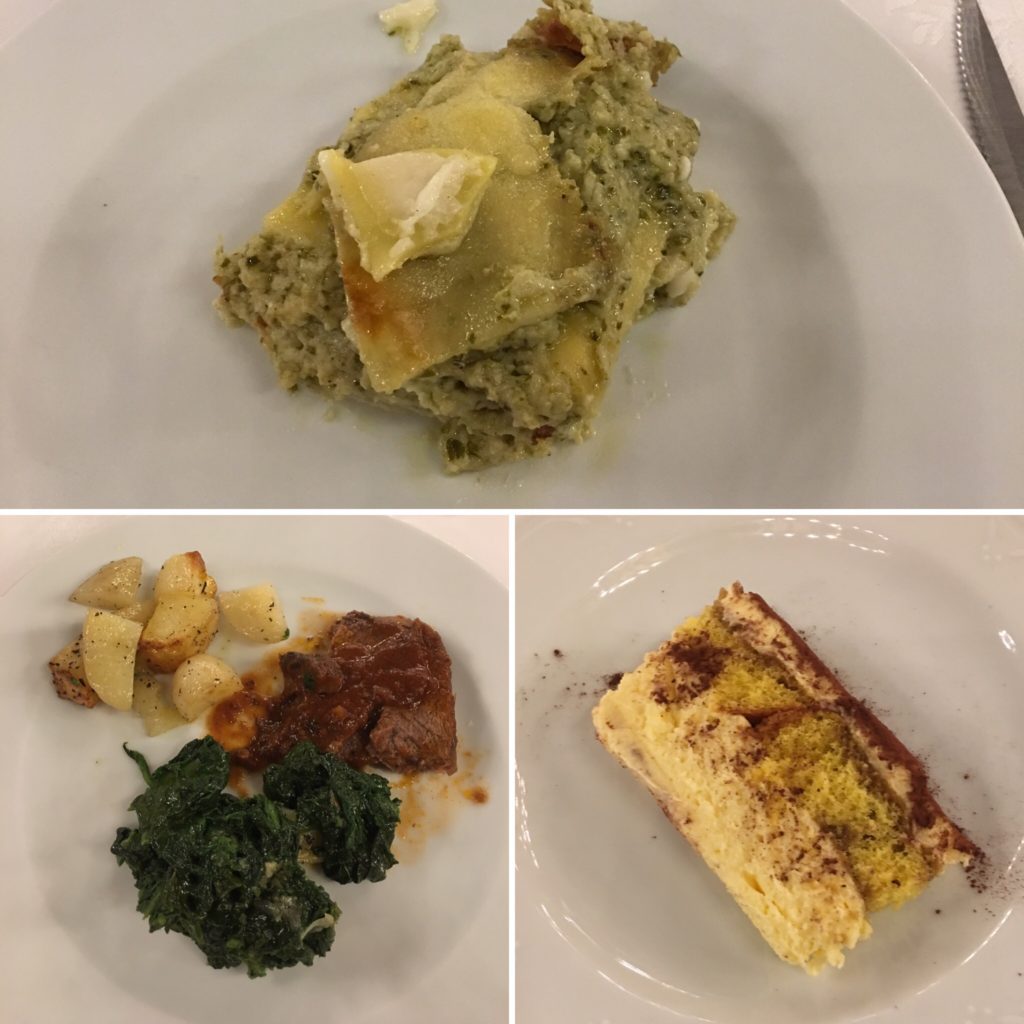
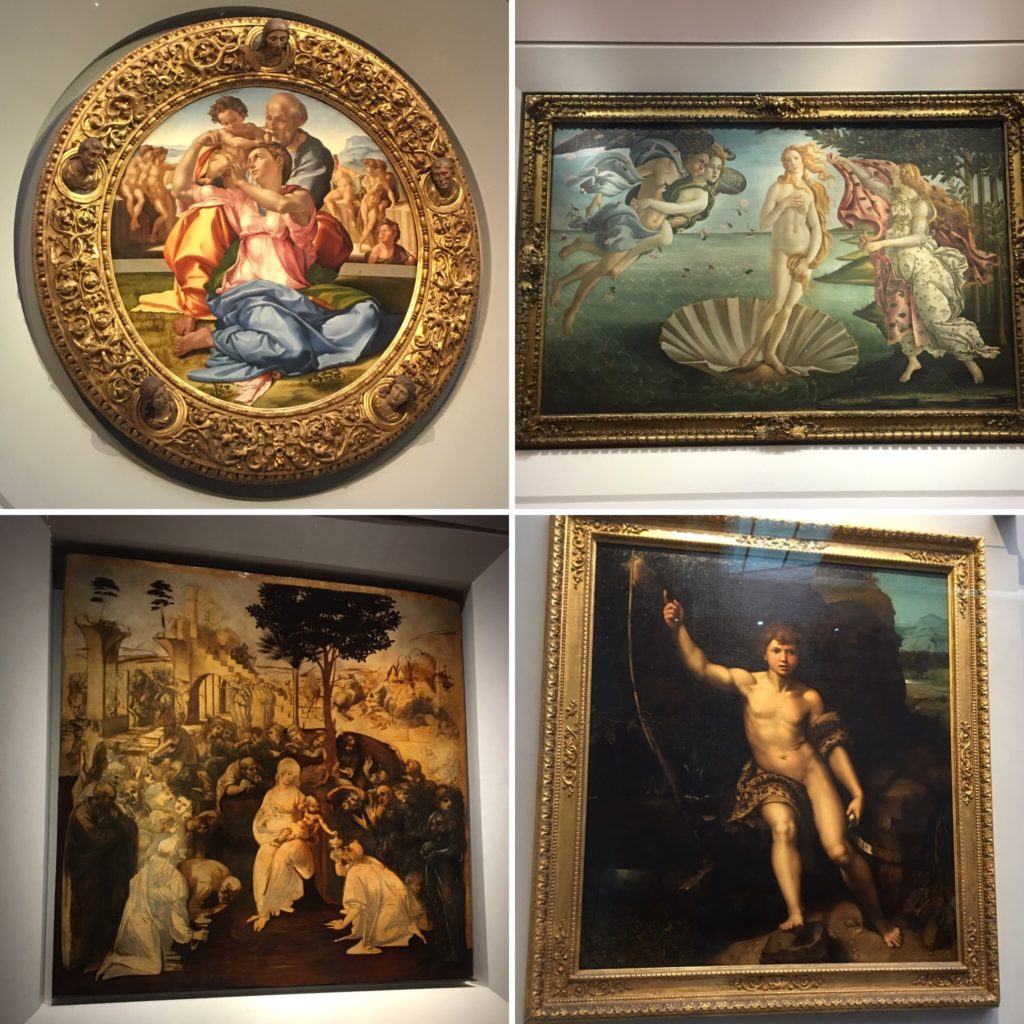
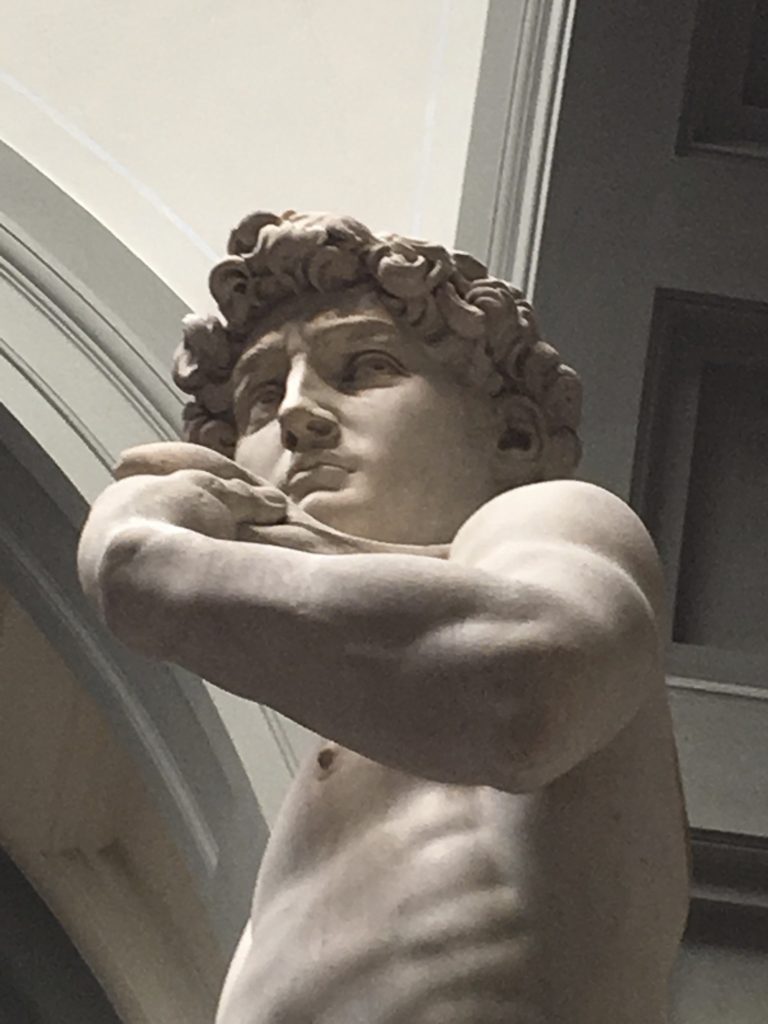








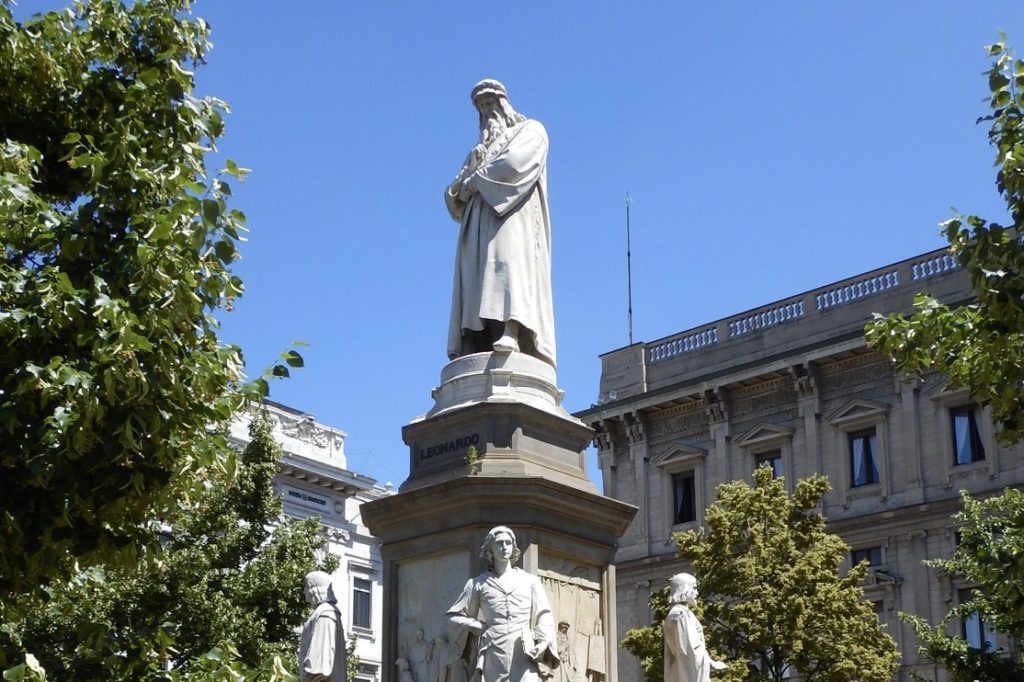



 n
n
